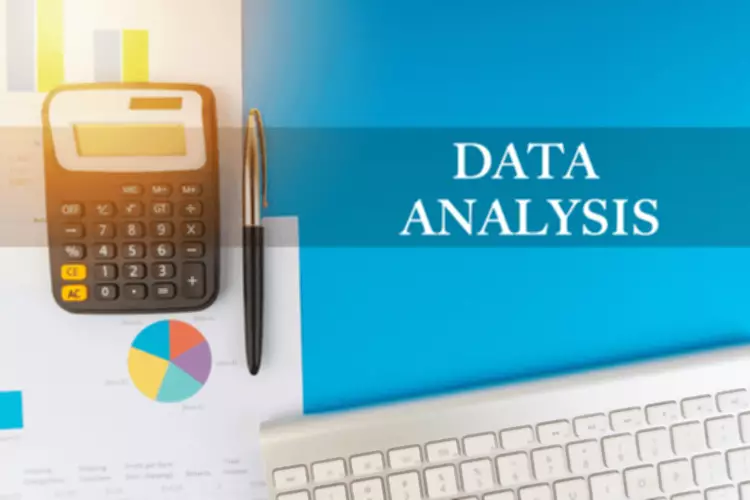Content
- Terms Similar to Temporary Account
- Permanent account example
- Stay up to date on the latest accounting tips and training
- Primary Differences between Temporary Accounts and Permanent Accounts
- Why Companies Underestimate How Finance Teams Affect the Bottom Line
- Data Room M&A (Explained: All You Need To Know)

DividendDividends refer to the portion of business earnings paid to the shareholders as gratitude for investing in the company’s equity. Because you did not close your balance at the end of 2021, your sales at the end of 2022 would appear to be $120,000 instead of $70,000 for 2022. Whether you’re just starting your business or you’re already well on your way, keeping organized financial records is a must. Download our FREE whitepaper, How to Set up Your Accounting Books for the First Time, for the scoop. Businesses typically list their accounts using a chart of accounts, or COA. Your COA allows you to easily organize your different accounts and track down financial or transaction information. Daniel Liberto is a journalist with over 10 years of experience working with publications such as the Financial Times, The Independent, and Investors Chronicle.
- Rather, the balance in these accounts is moved to the relevant permanent account at the end of the time.
- Because it’s a permanent account, you must carry over your cash account balance of $30,000 to 2022.
- To help you further understand each type of account, review the recap of temporary and permanent accounts below.
- It helps in maintaining the accuracy of the financial records as well.
These account balances are used to record accounting activity during a specific period and do not roll over into the next year. For example, $1000 in revenue this year is not recorded as $1000 of revenue for the next year, even though the company retained the money for use in the next 12 months. Permanent accounts, on the other hand, track activities that extend beyond the current accounting period. They are housed https://simple-accounting.org/ on the balance sheet, a section of the financial statements that gives investors an indication of a company’s value, including its assets and liabilities. It involves shifting data from temporary accounts on the income statement to permanent accounts on the balance sheet. Temporary accounts are closed at the end of a specific accounting period when their balances are transferred into permanent accounts.
Terms Similar to Temporary Account
Temporary accounts, also called nominal accounts, are accounts that start an accounting period with a zero balance and, at the end of the same period, the account balance is “closed”. If the sales account was not closed, it will be carried over to the next accounting period. If the 2020 account was not closed, the balance that would appear at the end of 2021 would be $1,100,000. But we want to measure what occurred in 2021 only, hence the need to close the the previous period’s balance. Expense accounts – expense accounts such as Cost of Sales, Salaries Expense, Rent Expense, Interest Expense, Delivery Expense, Utilities Expense, and all other expenses are temporary accounts. Purchases, Purchase Discounts, and Purchase Returns and Allowances are also temporary accounts.

The closing balance of the permanent account is carried forward as opening balance in the next fiscal year. The intricacy of the accounts used to classify money movement is only one of the numerous levels. Expense and revenue are two of the most important types of company accounts, and you are likely already aware of their names.
Permanent account example
These accounts include Sales, Service Revenue, Interest Income, Rent Income, Royalty Income, Dividend Income, Gain on Sale of Equipment, etc. Contra-revenue accounts such as Sales Discounts, and Sales Returns and Allowances, are also temporary accounts. Temporary accounts refer to accounts that are closed at the end of every accounting period. They are closed examples of temporary accounts to prevent their balances from being mixed with those of the next period. Companies want to keep track of their annual revenue and expenses. That way they can present an annual income statement to show how much profit they made for the year. If income statement accounts never closed, these accounts would have multiple years worth of balances in them.
- The same thing is done wherein the amount in the expenses account is transferred to the income summary.
- The temporary accounts of a sole proprietorship are closed to the owner’s capital account.
- Expense accounts – expense accounts such as Cost of Sales, Salaries Expense, Rent Expense, Interest Expense, Delivery Expense, Utilities Expense, and all other expenses are temporary accounts.
- A closing entry is a journal entry made at the end of the accounting period.
- First, temporary accounts involve a big reset at the end of a specific period, while in permanent accounts, the ongoing balance is carried over multiple accounting periods.
In the above representation, accounts highlighted in green are temporary accounts and orange are permanent accounts. Secondly, permanent accounts in accounting show ongoing business progress. Temporary accounts are in the grouping of income statement accounts. Below is a list of temporary accounts and a detailed explanation of their meaning. The balances of permanent accounts, on the other hand, are carried forward for each accounting cycle. Temporary accounts are zero-balance accounts that begin the financial year with a zero balance.
Stay up to date on the latest accounting tips and training
I used to think that maybe one day I would get one, but then I chickened out. The lick ’em and stick ’em kind that are in the Cracker Jack’s box – well, I could do those.
Clarify all fees and contract details before signing a contract or finalizing your purchase. Each individual’s unique needs should be considered when deciding on chosen products. The day to day operations of the business has a corresponding expense.
The balance is apparent in the income statement at the end of the year and is afterward transferred to the permanent account in the form of reserves and surplus. For instance, say a company makes $40,000 in revenue during Year 1 and $50,000 in revenue during Year 2. Now, if the temporary account isn’t closed during Year 1, the revenue will be carried over to Year 2 and be recorded as $90,000. This data can lead to false conclusions about how the company performed that year, which can lead to poor decision making or potential problems with taxation.
When this happens, it can cause the company to miscalculate everything else, which could lead to overpaying or underpaying other financial obligations. Rebekiah has taught college accounting and has a master’s in both management and business. Expense accounts, such as Cost of Sales, Interest, Rent, Delivery, Utilities, and any other expenses, are transitory accounts. Rebecca McClay is a financial content editor and writer specializing in personal finance and investing topics.

